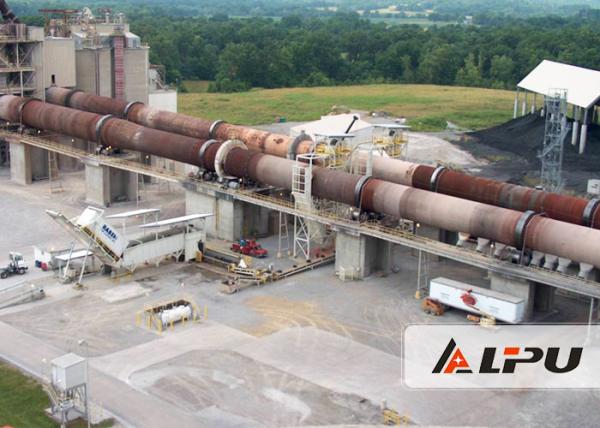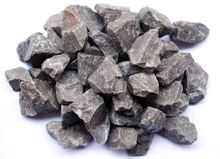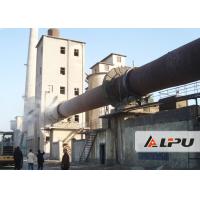Lipu Heavy Industry Co., Ltd, headquartered in Pudong New District, Shanghai, is composed of
Shanghai
Lipu Heavy Industry Co., Ltd and Jiangsu Lipu Heavy Industry Co., Ltd.,
which is a famous company
specialized in designing and manufacturing ore dressing machinery, crushing and
drying equipment. Thanks
to our profession and rich experience, we become well known for supplying
complete mineral processing
plants at 100-5000tons per day processing capacity and providing turnkey
project service. We have
established long-lasting cooperation with many research institutions at home;
we can do mineral beneficiation
experiment and design complete ore-dressing plant and non-standard equipment
according to clients’
requirements. We supply one-stop service for our customers: From the designing of
the technological plans,
equipment manufacturing, installation, commissioning and operation.
We have cultivated a professional technology and
after-sales service team, and successfully achieved
ISO9001:2008 Quality Management Certificate and EU CE Certificate,
and Russia GOST Certificate, etc.,
our products are well-known both in China and foreign countries,
which have been exported to more than 60
countries, including Canada, Australia, Russia, Central Asia,
Middle East, South America, Southeast Asia,
Northeast Asia, Africa, etc.
We have well experienced technical team in our
Technical Department and R&D Department with more than
30 technicians (5 senior engineers and more than 20 technicians).
In our factory, we have 200 sets of various
processing equipment, including complete inspection equipment, and
the total hoisting tonnage is above 500
tons. We guarantee product quality based on mature processing
technic. Since we have established long-
lasting relationship with forging company and logistic company, we
can assure you quality products and timely
transportation.
We devote ourselves to providing trustworthy product
and value-added service for global customers and to
creating value for customers, which are the unanimous goal of all
the Lipu employees. Under the guidance of
united, pragmatic, dedicated and innovative spirit of enterprise,
we look forward to cooperating with you to
build a beautiful world and prosperous future together.










